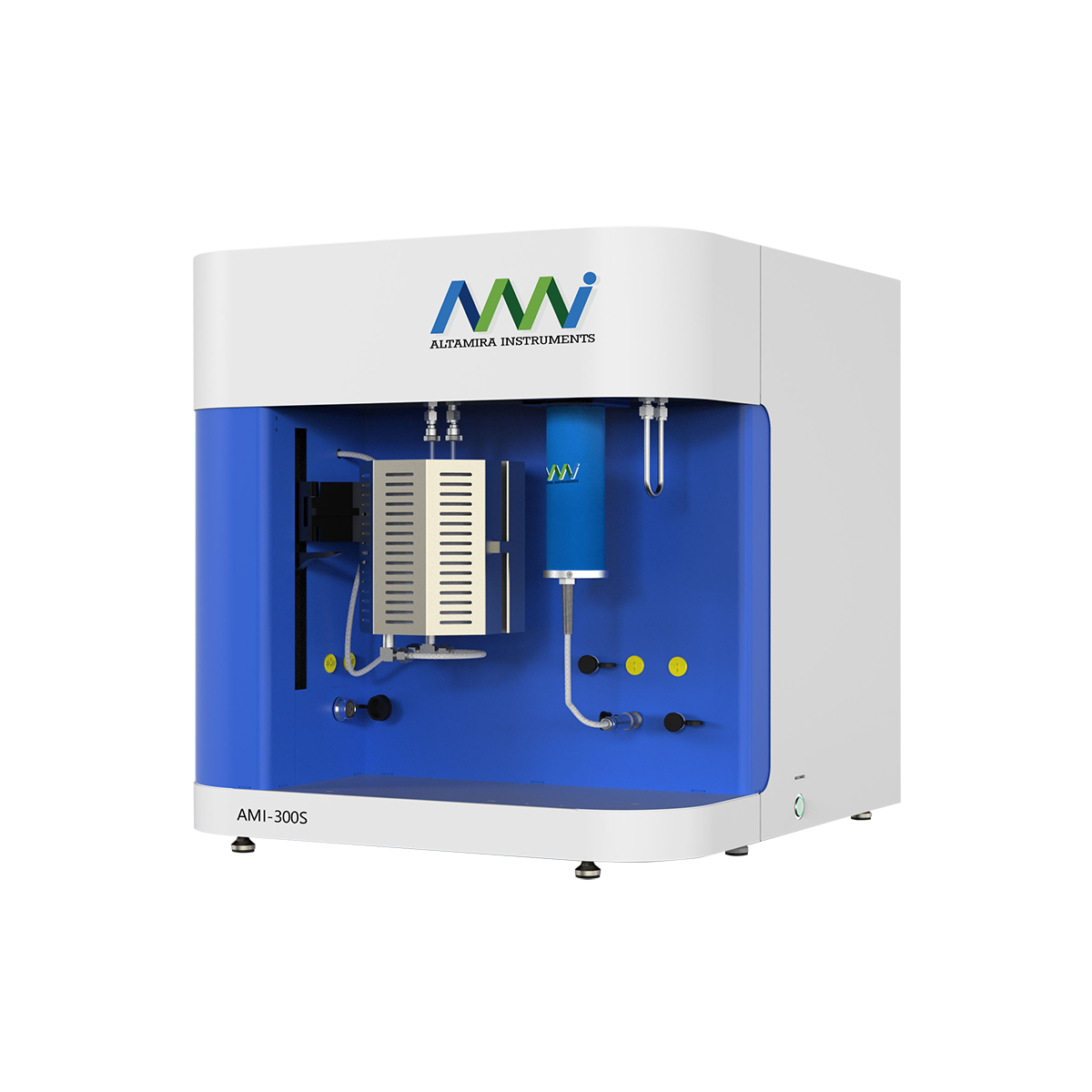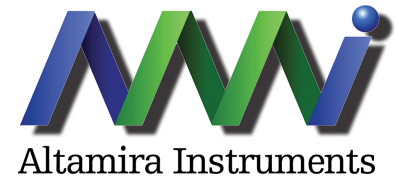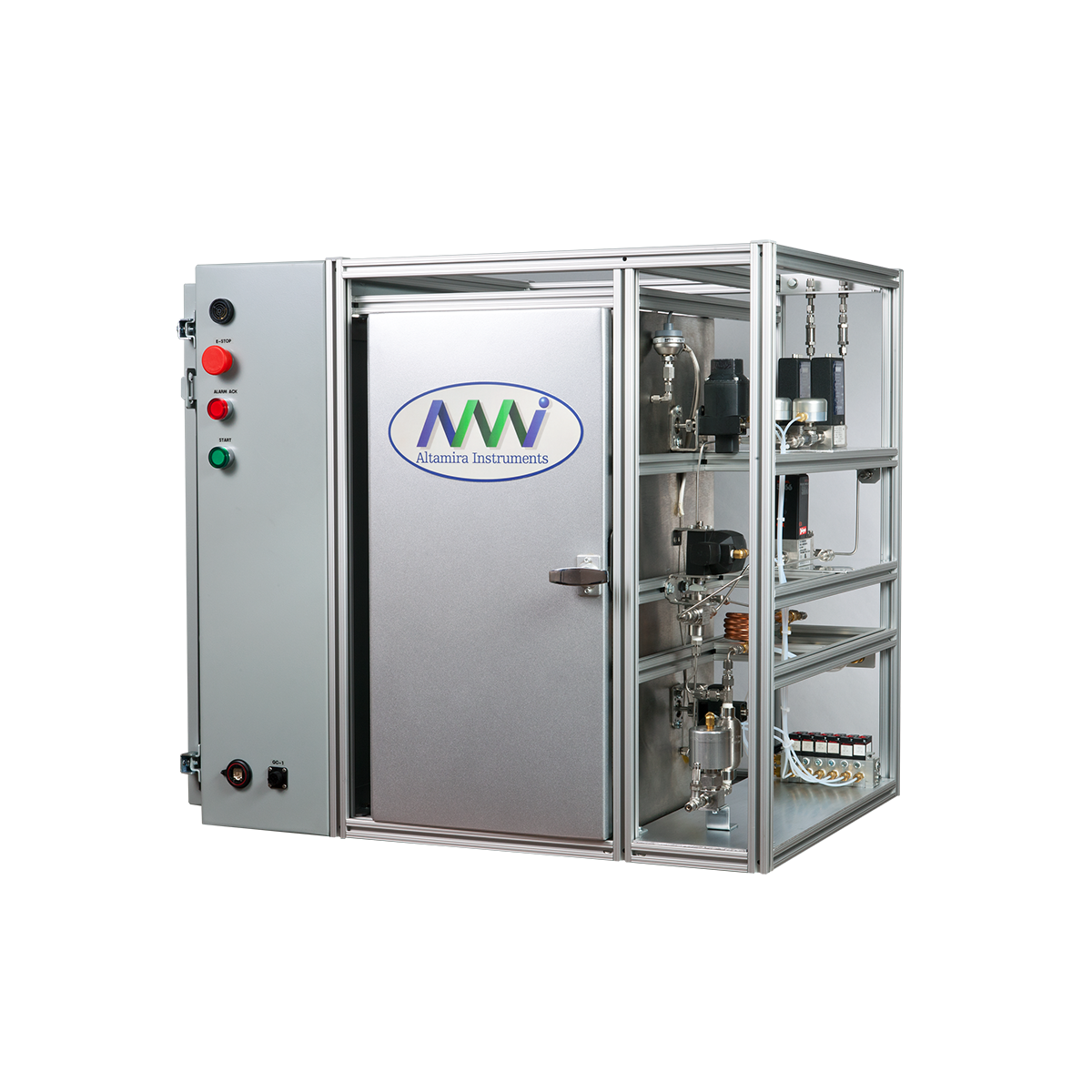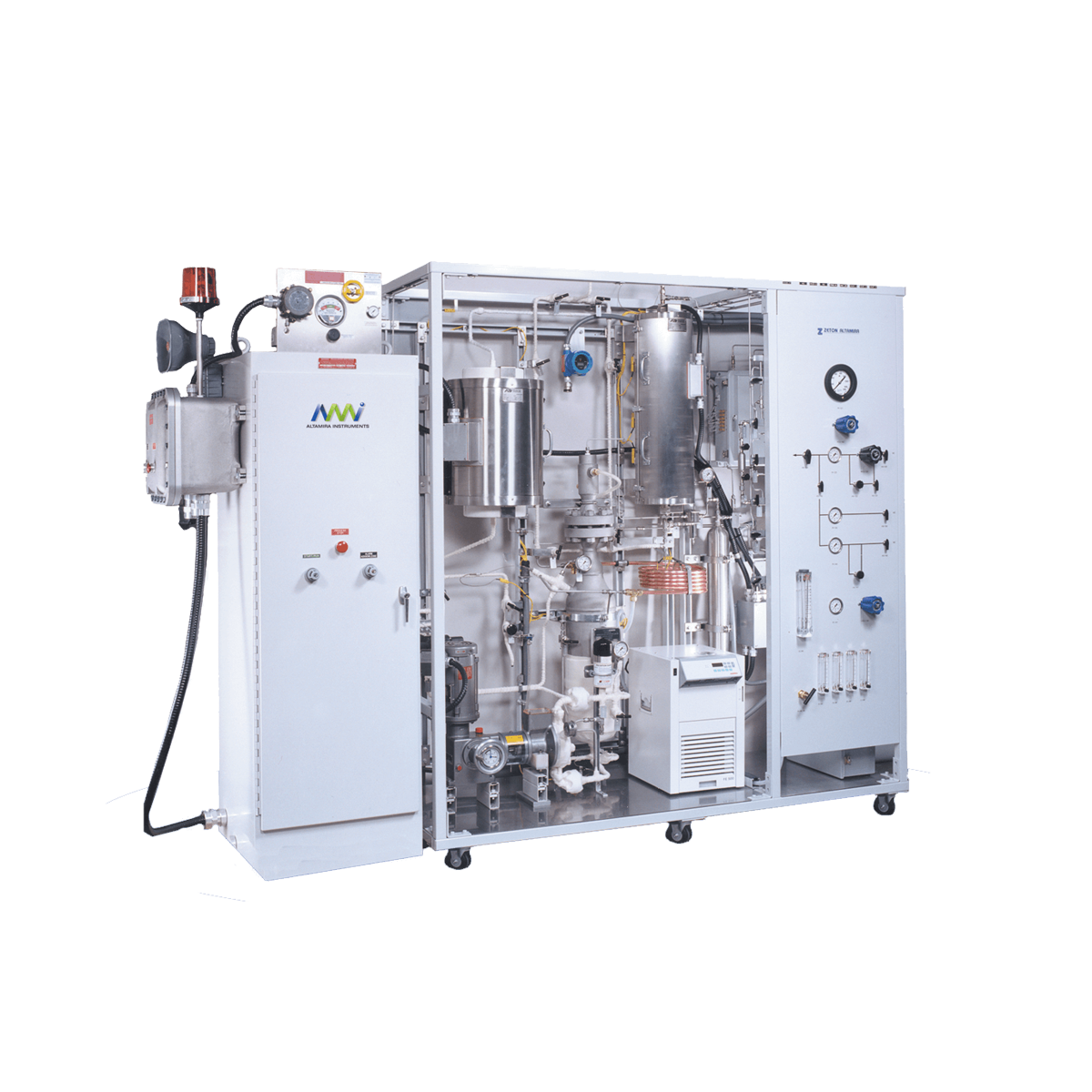At Altamira Instruments we are constantly encountering requests for reaction units and characterization equipment that can handle reactants and/or products that are corrosive, reactive or unstable. We typically consider these to contribute to a “harsh” environment for our testing equipment. Through many years of experience we have learned how to make our units compatible with such compounds so as to provide reliable test equipment to our customers.
HARSH ENVIRONMENT SYSTEMS
What Is A Harsh Environment?

Some Challenging Reactions
A number of important catalytic reactions utilize or generate acidic compounds. For example, in the petroleum industry it is common to use catalysts for the desulfurization of the raw materials. In the process of dehydrosulfurization, HDS, a catalytic chemical process is used to remove sulfur (S) from natural gas and from refined petroleum products. Sulfur is present mostly as hydrogen sulfide (H2S), but also as mercaptans, sulfides, disulfides, thiophenes, etc. These sulfides are the major reason for corrosion in test units. Other corrosive substances may also be found, such as SO3 and SO2, among others. Because of their corrosiveness they require special materials in the construction of test equipment. Additionally, most catalyst are pre-sulfided adding to concerns about the treatment delivery lines and components. There are a number of other processes that are also concerned with acidic reactants or products. Studies of engine catalytic converters routinely use nitrogen oxides, acidic molecules, as reactants to simulate the exhaust gases. Test units for these reactions also require the use of special materials to mitigate corrosion. Another type of compounds that require special construction materials are the halides. An example of such a process is the catalytic oxidation of halogenated VOCs in waste materials. Catalytic oxidation is an attractive means of such hazardous substance disposal, but studies of these reactions are hindered by material compatibility of test equipment.
BenchCAT Reactors
Altamira’s BenchCAT reactors can be manufactured using a variety of highly resistant materials. We have experience in using materials other than the conventional stainless steels. For example, reactor tubes can be supplied of Incolloy, Monel, and other highquality chromium and nickel alloys. For reactions at low pressures we can fabricate custom quartz reactors. These typically meet our customers’ requirements for better corrosion resistance, wear resistance, and tensile strength, especially at high temperatures. For mass flow controllers and check valves we offer standard “premium” seals, such as Kalrez, PTFE, etc. Additionally, we offer “coated” stainless steels. Surface coatings such as Sulfinert® or SilcoNert®, provide inert coatings that are resistant to H2S, mercury, ammonia and many other active (reactive) compounds. These coatings can be applied to stainless steel tubing, compression fittings, check valves, filters, and practically any component of a gaseous or liquid feed/product line. The coatings are highly temperature stable. For example SilcoNert-1000 is rated up to 1,000°C.
For the ultimate in corrosion resistance we also offer glass-lined stainless steel tubing. This is typically supplied in diameters of 1/8-inch and 1/4-inch. Our fabrication shop has extensive experience in the handling, bending, and fitting of glass-lined tubing. We can
guarantee a fully-lined conduit with no cracks or restrictions. For processes that utilize or generate HF we can offer Teflon tubing as an alternative for the feed and product lines.
AMI Line Of Characterization Equipment
Similar resistant materials are used in our AMI line of characterization equipment. We have had many requests for instruments that can be used to characterize catalysts using highly acidic molecules such as H2S or SO2. In these cases we mitigate the corrosion using coated or lined tubing. For example, our AMI-300S characterization unit incorporates a dedicated glass-lined stainless steel feed line for delivering sulfur-containing reactants to the catalyst.





